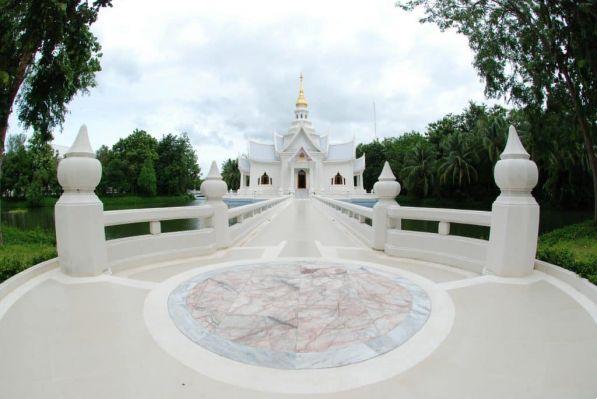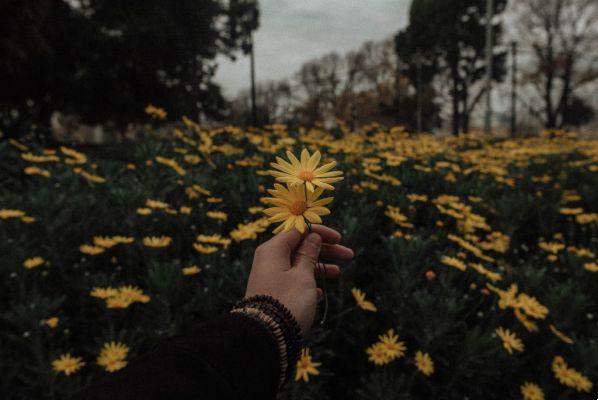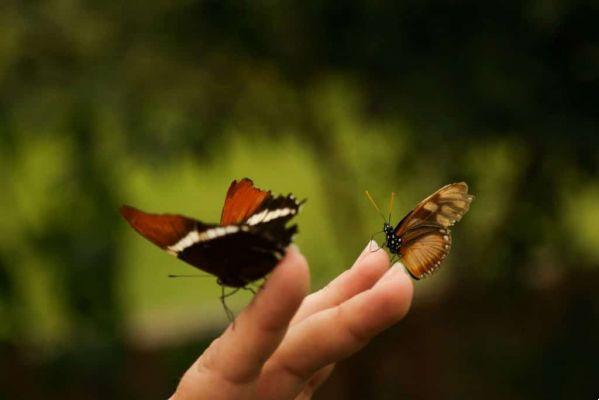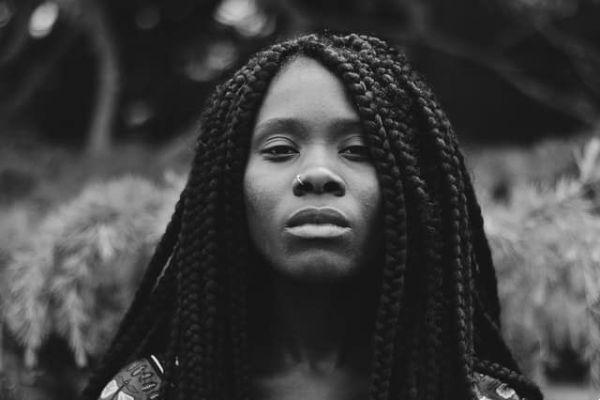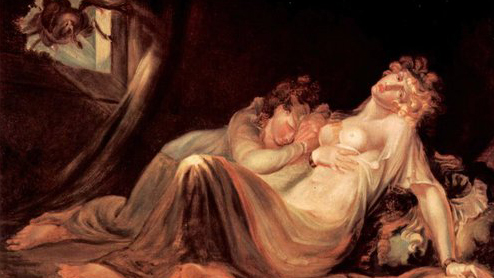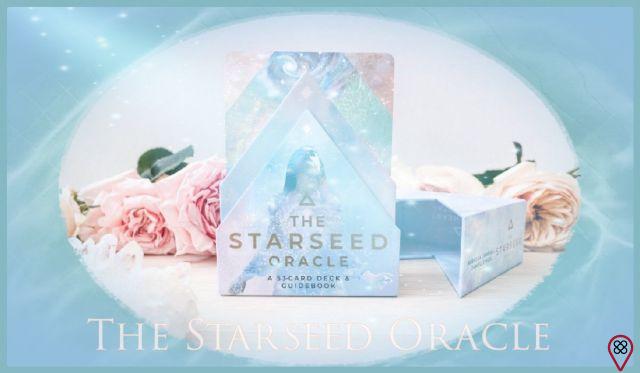
No previous article, we reflect on how the anguish of death is experienced by human beings, as well as how it is currently faced. Let us now analyze how the meaning of death emerged in tribal societies.
Looking at the history of mankind, we see that death does not bring great problems to tribal societies. The existence of funeral rites has been proven since the Neanderthals, 600 centuries ago. In Iraq, skeletons were discovered resting in the middle of a layer of gravel and analysis of the pollen found there proved that one of the deceased had been placed on a layer of flowers!
The oldest burial ritual for modern humans, around 100.000 years ago, originated in Qafzeh, Israel. There are two ceremonies of what are supposed to be a mother and a child; the bones were stained with red ocher (dye pigment).
Between 100.000 to 50.000 BC. C. there is an increased use of red ocher at various Stone Age archaeological sites, and an abundance of fossils including elaborate burial ceremonies; the red ocher symbolized blood, the vital liquid.
In Lake Mungo, Australia, there are remains of ritual ceremonies dating back 42.000 years. The body appears splattered with a large amount of red ocher. For some scholars, it is considered as evidence that the Australian people imported the rituals that were practiced in Africa.
The most recent record of a shaman's burial ceremony dates to 30.000 years ago.
In the Magdalenian period (between 17 and 11 years ago), when cave paintings began to appear, some young women were buried with false eyes and plates of animal vertebrae, with the intention of giving them a lively appearance.
At the beginning of the Neolithic (10.000 to 3.000 years BC) the cemetery appears with funerary objects (knives, vases, arrows, axes and scrapers). The human being gradually abandons the nomadic life, settling in fixed places, developing agricultural cultivation techniques, which is considered a real revolution in human evolution.
At least from 4.000 years on, megalithic monuments such as menhirs, dolmens and cromlechs (groups of several menhirs in a line or circle) began to develop. People already believed in the influence of natural and supernatural phenomena that influenced crops.
Death is not approached from the point of view of the disappearance of an individual, but is integrated into the collective practice of worshiping the dead and ancestors. Funeral rites in these societies are linked to the evolution of religious sentiment. The funeral ritual is structured so that the desire for immortality adapts to reality. The relationship with the deceased is theatrical, honoring and honoring him as if he had not died.
Human beings in tribal societies were so involved in their communities that their being was not self-centered (ie, the meaning of their existence did not reside in the individual); on the contrary, man found his meaning through participation in the everything collective. As the individuality was involved in the greater totality of the community, death is not perceived as dissolution, but only as taking on a different form of existence; the dead person changes state and belongs to the community of the dead.
For this, it is necessary to perform rites of passage appropriate to the occasion. There is no idea of annihilation and the dead can return to the world of the living during their sleep and apparitions.
Read all articles in the Regression Therapy series.














